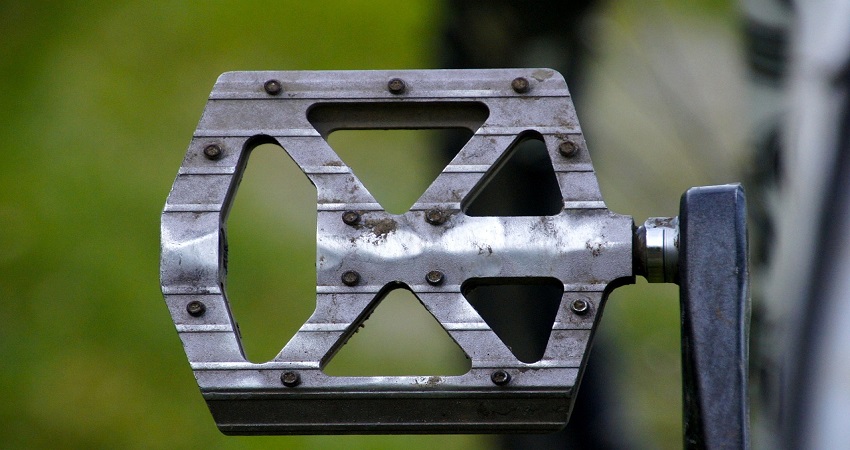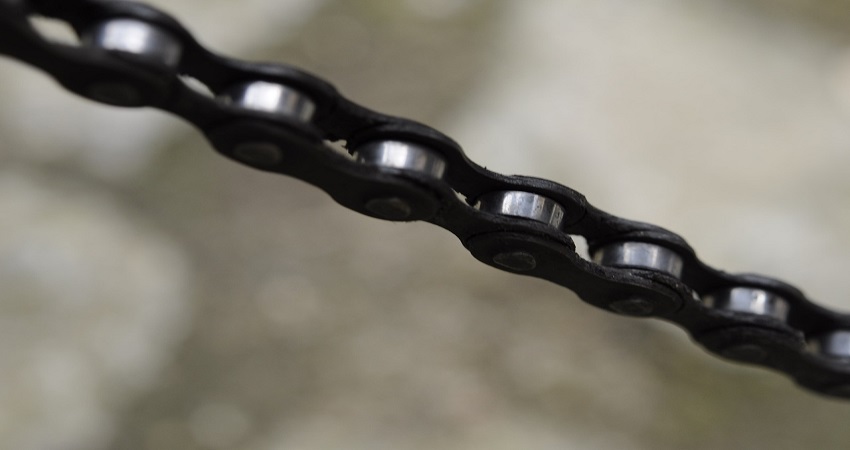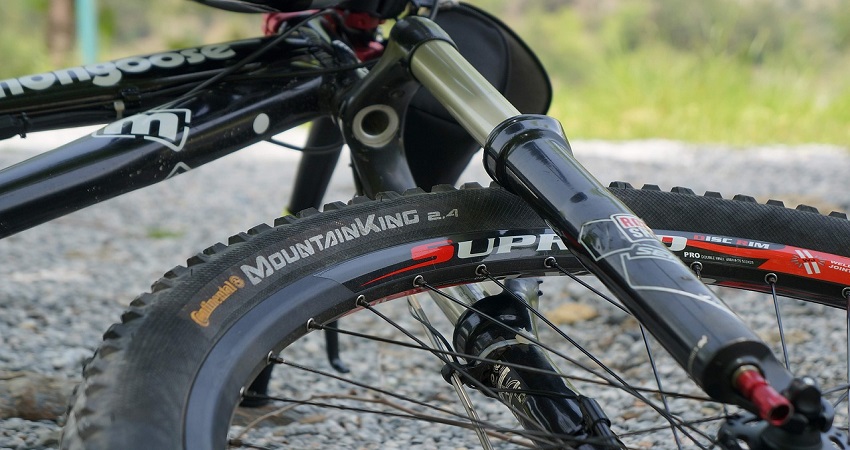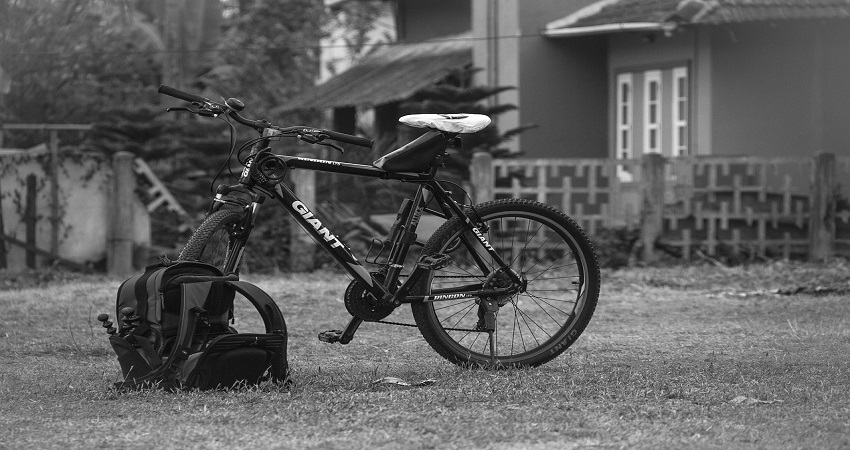
Are All Bike Pedals Universal?

No, not all bike pedals are universal. The compatibility of bike pedals depends on the type of bike and the pedal attachment system used.
Bike pedals come in different types and use various attachment systems, such as clipless pedals, platform pedals, and toe clip pedals. Clipless pedals require a specific cleat system, usually specific to the pedal brand, for attachment. Platform pedals, on the other hand, are usually universal and can be used with any type of shoe.
Toe clip pedals require straps to secure the feet, and these straps may also have compatibility issues with different types of pedals. It is important to ensure that your pedals are suitable for your bike and your specific riding requirements to ensure a proper fit and optimal performance.
Different Types Of Bike Pedals
Bike pedals come in various types, and not all of them are universal. It’s important to understand the differences between pedal styles to ensure compatibility with your bicycle.
Bike pedals are an essential part of your cycling experience, connecting your feet to the bike and allowing you to generate power and control. However, not all bike pedals are universal, and understanding the different types available can help you choose the best one for your riding style and preferences.
Flat Pedals
Flat pedals, also known as platform pedals, are the most common type of pedals found on bikes. They feature a simple flat surface that allows you to rest your feet without any additional attachments. These pedals are popular among casual riders, commuters, and mountain bikers who prefer the freedom to quickly remove their feet from the pedals. Flat pedals offer a wide platform for your foot to rest on, giving you excellent stability and support. They are particularly advantageous when riding in technical terrain or situations that require frequent foot adjustments. These pedals also allow you to wear any type of footwear, from regular shoes to hiking boots, making them versatile and convenient for everyday use.
Clipless Pedals
Contrary to what their name suggests, clipless pedals actually require special cycling shoes that clip into the pedal mechanism. These pedals feature a cleat on the sole of the shoe that attaches to the pedal, providing a secure connection between your foot and the bike. Clipless pedals are popular among road cyclists, triathletes, and competitive mountain bikers. They offer improved pedaling efficiency by allowing you to apply power throughout the full pedal stroke. The secure attachment also enhances control and enables you to pull up on the pedals during the upstroke.
Toe Clip Pedals
Toe clip pedals, also known as toe cage pedals, combine the freedom of flat pedals with some of the benefits of clipless pedals. These pedals feature a cage-like attachment on the pedal surface, allowing you to slip your foot in and secure it with a strap or clip. Toe clip pedals are a great option for riders who want the added foot retention without the commitment of fully clipping in. They provide a secure connection between your foot and the pedals, preventing slippage and improving pedaling efficiency.
Additionally, toe clips allow you to use regular shoes, making them suitable for urban commuting and recreational riding. Overall, understanding the different types of bike pedals is crucial for selecting the most appropriate option for your needs. Whether you prefer the freedom of flat pedals, the efficiency of clipless pedals, or the versatility of toe clip pedals, there is a pedal type that suits every rider’s style and preference. So, consider your riding style and specific requirements to make an informed decision that enhances your cycling experience.
Compatibility Of Bike Pedals
When it comes to bike pedals, compatibility is a significant factor to consider. Not all bike pedals are universal, meaning they may not fit all bikes or be compatible with certain cycling shoes. In this article, we will explore the compatibility aspects of bike pedals, focusing on standard spindle size and cleat compatibility.
Standard Spindle Size
One important aspect when considering the compatibility of bike pedals is the spindle size. The spindle is the part of the pedal that attaches to the crank arm of the bike. Different bike manufacturers may use different spindle sizes, which can vary in diameter and length. It is crucial to know the standard spindle size of your bike before purchasing new pedals.
Cleat Compatibility
Another factor to consider is the cleat compatibility of bike pedals. Cleats are small metal or plastic attachments that attach to the soles of cycling shoes and engage with the pedal, allowing for efficient power transfer and a secure connection. Different pedal systems use different types of cleats, resulting in varying degrees of compatibility.
Here are some common cleat systems and their compatibility:
| Cleat System | Compatible Pedals |
|---|---|
| SPD-SL | Most road bike pedals |
| Look Keo | Look Keo pedals |
| SPD | Most mountain bike pedals |
It is essential to ensure that the cleat system on your cycling shoes matches the compatibility of the pedals you intend to purchase. Using mismatched cleats and pedals can lead to unstable footing, reduced efficiency, and potential safety hazards.
To summarize, when choosing bike pedals, it’s crucial to consider compatibility factors such as the standard spindle size and cleat compatibility. Ensuring that your pedals are compatible with your bike and cycling shoes will result in a smoother and more enjoyable riding experience.
Considerations For Pedal Replacement
Bike Type
When it comes to replacing bike pedals, one important consideration is the type of bike you have. Different bike types may require different pedal systems, so it’s essential to understand what type of pedals are compatible with your bike.
Most bikes fall into one of two categories: road bikes or mountain bikes. Road bikes are designed for speed and efficiency on paved surfaces, while mountain bikes are built for off-road adventures and rough terrains.
If you own a road bike, you will typically find that they come equipped with road pedals or clipless pedals. These pedals use a cleat system that attaches the rider’s shoes to the pedals, allowing for a more efficient transfer of power and better control.
On the other hand, mountain bikes generally come with flat pedals or platform pedals. These pedals provide a larger surface area for the rider’s feet and do not require specialized cycling shoes.
Rider Preference
Another factor to consider when replacing bike pedals is a rider’s personal preference. Some riders may want to stick with the same type of pedals they are accustomed to, while others might be open to trying something new.
Those who have been using clipless pedals and are comfortable with the cleat system may prefer to maintain this setup. Likewise, riders who enjoy the freedom of movement and easy foot repositioning offered by flat pedals may opt to stick with them.
However, if you’re looking to switch things up or improve your cycling experience, it’s worth considering other options. Exploring different pedal types can allow you to experiment with varying degrees of power transfer, pedal efficiency, and foot stability.
Riding Style
Considering your riding style is crucial when it comes to selecting bike pedals. Different styles of riding require different levels of pedal grip and control.
If you are mainly a road cyclist and prioritize speed and efficiency, clipless pedals might be the best choice. The secure connection between your shoes and the pedals allows for more power transfer and control over the bike.
On the other hand, if you frequently engage in off-road adventures, mountain biking, or BMX riding, flat pedals may be more suitable. These pedals provide freedom for quick foot placement and easy disengagement, making them ideal for technical maneuvers, jumps, or sudden stops.
In conclusion, when replacing bike pedals, consider your bike type, rider preference, and riding style. This will help you choose the right pedals that suit your needs and enhance your cycling experience.
Adapting Pedals To Different Bikes
Bike pedals are not universal, and they need to be adapted based on the type of bike you have. Different bikes require different pedal types, so it’s essential to find the right fit for optimal performance.
Are all bike pedals universal? If you’re new to the world of cycling, you might be wondering if you can use the same pedals on various bikes. While it would be convenient if all pedals were interchangeable, the reality is that different types of bikes require different pedal systems. However, with the right adapters, you can easily adapt your pedals to fit different bikes.
Pedal Adapters
If you have a favorite pair of pedals that you want to use on multiple bikes, pedal adapters can be a game-changer. These nifty devices allow you to convert your pedals to fit a different type of pedal system. Whether you have a road bike with 3-bolt cleats or a mountain bike with 2-bolt cleats, you can find pedal adapters that seamlessly bridge the gap between the two.
Benefits of using pedal adapters:
- Economical solution to use the same pedals on multiple bikes
- Reduce the hassle of removing and installing pedals each time you switch bikes
- Preserve your favorite pedal setup without compromising on compatibility
Pedal Cleat Adapters
In addition to pedal adapters, pedal cleat adapters are another valuable tool for adapting your pedals to different bikes. Pedal cleats are the small metal or plastic attachments that connect your cycling shoes to the pedals. Different pedal systems have different cleat designs, making it challenging to use the same shoes on various bikes.
Enter pedal cleat adapters:
These clever adapters enable you to use a single pair of cycling shoes across different types of pedal systems. Whether you’re switching from a road bike to a mountain bike or vice versa, pedal cleat adapters allow you to have the freedom to ride any bike without the need for multiple pairs of shoes. They typically come in the form of a small attachment that fits onto your existing cleats, transforming them into a compatible version for a different pedal system.
Benefits of using pedal cleat adapters:
- Save money by using the same cycling shoes on all your bikes
- No need to worry about compatibility issues between different pedal cleat designs
- Effortlessly switch between bikes without the hassle of swapping cleats
Frequently Asked Questions Of Are All Bike Pedals Universal?
Are All Bike Pedals Universal?
No, not all bike pedals are universal. Different types of bikes require different types of pedals. Some common types of bike pedals include flat pedals, clipless pedals, and platform pedals. It’s important to match the type of pedal to your bike’s specifications for optimal performance and safety.
What Are Flat Pedals?
Flat pedals are a type of bike pedal that provides a platform for your feet to rest on. They do not have any type of clipping mechanism, allowing riders to easily place and remove their feet from the pedals. Flat pedals are commonly used for recreational riding and for riders who prefer not to use clipless pedals.
What Are Clipless Pedals?
Clipless pedals are a type of bike pedal that use a cleat system to attach your shoes to the pedals. This provides a secure connection between the rider and the bike, improving pedaling efficiency and control. Clipless pedals are commonly used by road cyclists, mountain bikers, and other competitive riders.
Can Clipless Pedals Be Used On Any Bike?
Clipless pedals can be used on most bikes that are compatible with a cleat system. However, it’s important to ensure that the shoes and pedals you choose are compatible with each other. Different brands and models may use different cleat systems, so it’s important to check compatibility before making a purchase.
Conclusion
To summarize, bike pedals are not universal, and their compatibility depends on various factors such as the type of bike, pedal size, and the type of pedal attachment. It’s essential to consider these factors when replacing or upgrading your bike pedals to ensure a proper fit and optimal performance.
Remember to consult with a professional or refer to the manufacturer’s guidelines for accurate information regarding pedal compatibility.




